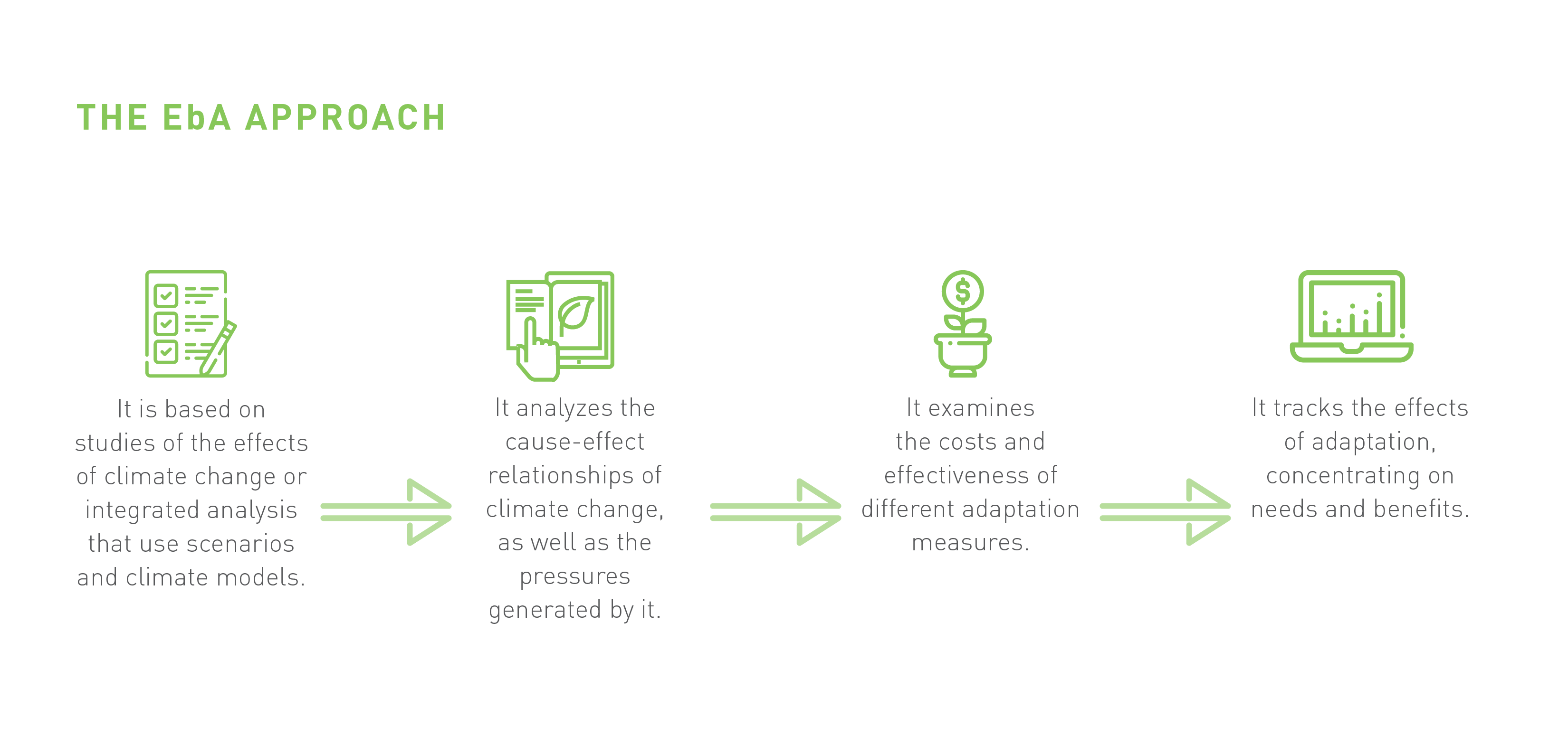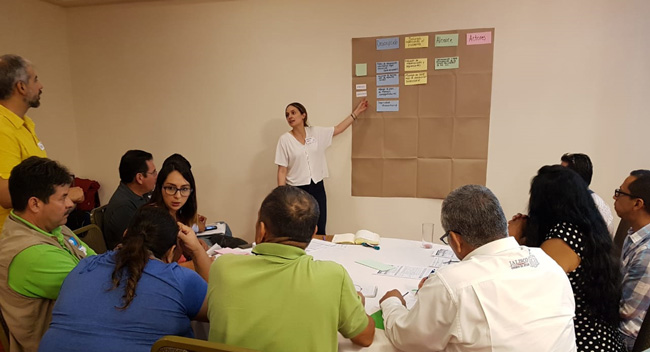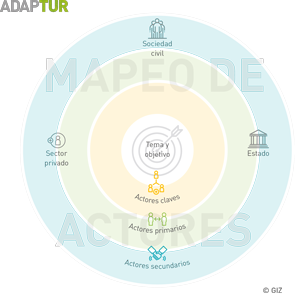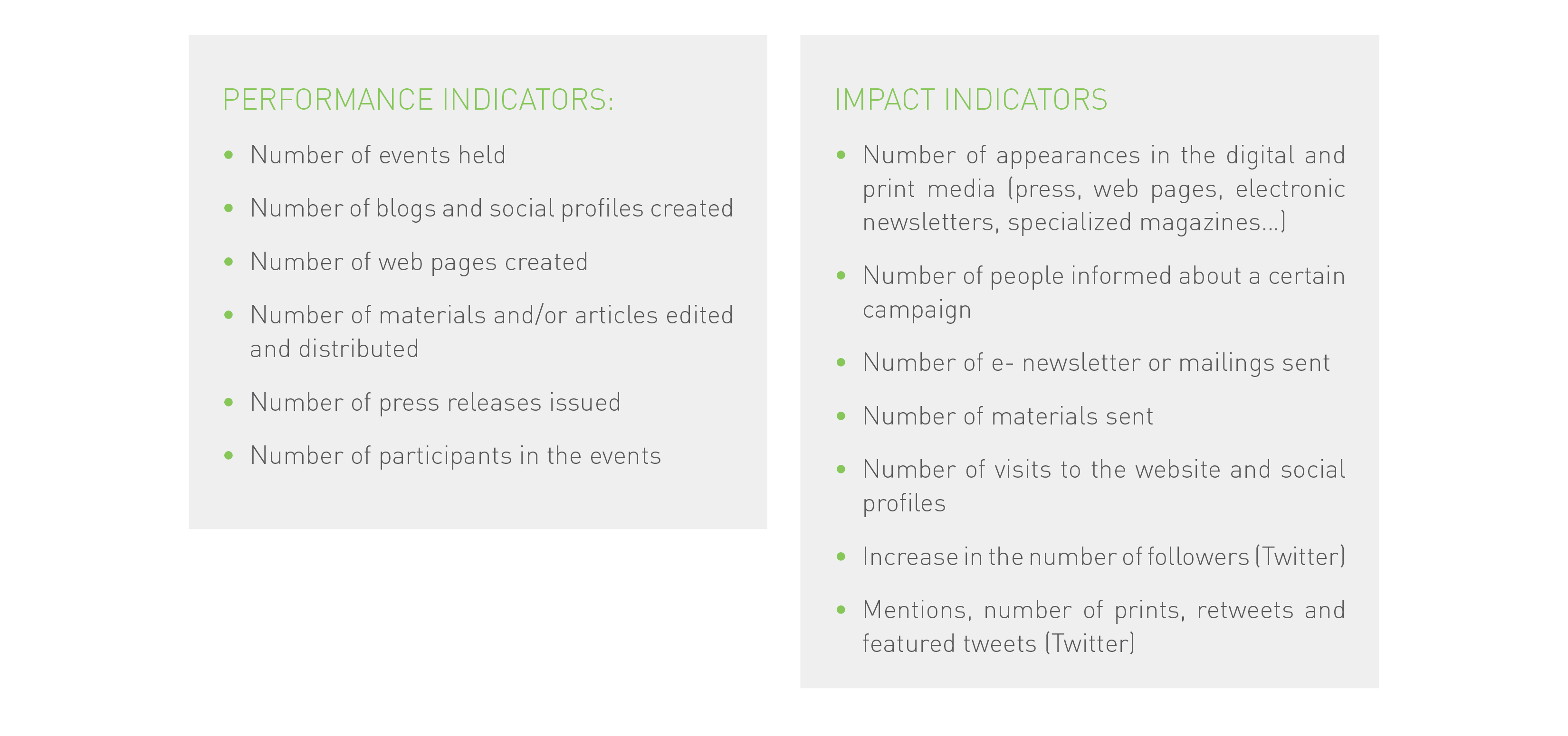Adaptation to climate change using the EbA approach
Adaptation to climate change using the EbA approach
Climate change and its consequences affect thousands of people and communities throughout the world. The tourism sector is no exception: its development and profit depend directly on ecosystems and the environmental services they offer. For this reason, we can safely say that adaptation to climate change is a necessity.
An alternative that is gaining attention in the face of the adverse effects of climate change is Ecosystem-based Adaptation (EbA). This aprouch uses biodiversity and ecosystem services as part of a broader strategy that supports communities in their adaptation to the harmful effects of climate change.
In other words, the objective of EbA is to reduce vulnerability and increase the resilience of ecosystems and populations based on sustainable management, conservation, and restoration of ecosystems.

The EbA approach
As a practice, Ecosystem-based Adaptation evaluates and selects measures in the context of an overall strategy:

EbA can be applied in different vulnerable areas or sectors:
- Water management
- Coast protection
- Disaster risk reduction
- Reduction of floods or land displacements
An example of a concrete EbA measure is coastal protection through reforestation and sustainable management of mangroves. These actions benefit both the tourism sector as well as local communities.
Why implement the EbA approach?
According to The Nature Conservancy, the implementation of the EbA approach brings a series of benefits that include social, economic and environmental impacts:
- It helps people better adapt to weather events.
- It is less expensive than other infrastructure or technology alternatives.
- It encourages the participation of communities and their acquisition of knowledge.
- It generates long-term social, economic, cultural and ecological benefits.
- It contributes to the mitigation of climate change by reducing GHG emissions.
- It intervenes on a local scale with positive impacts on a larger scale.
Good practices and success stories
During the implementation of the ADAPTUR project, we documented numerous success stories and good practices of EbA measures in the tourism sector in Mexico.







